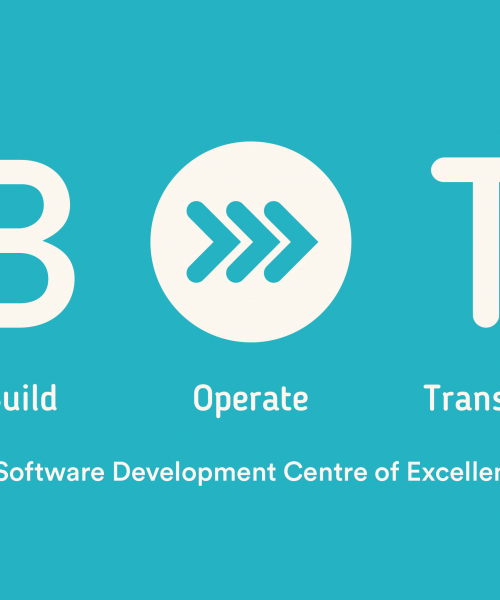Why Software Architecture is Critical?
Nowadays, Technology is becoming more complex. Software products are now composed of smaller services that communicate through APIs or by using asynchronous messages or events. When everything goes as planned, states are distributed and operations can be executed in real-time or asynchronously.
Yet, things don’t always go to plan.
“Business leaders are focused on meeting the challenges of uncertainty (for example, the COVID-19 pandemic), as well as ensuring growth and innovation. To succeed, they’re concentrating on digital transformation and optimization. As a result, 76% of organizations are either starting, restarting, or renewing their Enterprise Architecture efforts.”
Gartner
As the complexity of businesses and technology increase, we have to recognize that they don’t always keep pace with one another. With the goal of creating modern architecture that remains simple, extendable, and easy to maintain, we must prioritize approaches that respond separately to business and technology. It is therefore essential to put in place a rigorous and continuous software architecture effort, which is the key to:
- Minimize the effort to build and maintain the software product,
- Maximize team productivity,
- Drive faster delivery of new features for growing systems,
- Adapt to business and technology changes with minimal disruption.
Discover how we develop ARaymond application portfolio in order to digitize their internal and external processes.
What is Software Architecture Today?
Software Architecture defines and structures a software product to meet technical and operational requirements. Yet, our experience shows us that we don’t always know constraints and requirements early on in projects. Architecture should be an evolving process that focuses on maintaining space for failure in order to learn how to recover from mistakes.
As new trends, features and usage of information technology bring new challenges, it makes sense to give priority to architecture types and design practices that will minimize the effort required to:
- Build and maintain the system throughout its lifetime
- Allow you to adapt to business and technology changes with a minimal impact.
It is also important to be able to recognize common problems and then, rely on tried and tested architectural approaches to mitigate project difficulties.
Which are the Main Agile Architectural Approaches?
Domain-Driven Design
Domain-Driven Design is an approach to software architecture, design and development that aims to ease the understanding and creation of complex software products. To do so, it connect related pieces of the software to an ever-evolving model.
Clean Architecture
Clean Architecture is an architecture style proposed by Robert C. Martin. It is considered a technical blueprint for applications that adhere to the design principle of the separation of concerns. The goal of clean architecture is to create layered architectures that are simple, extendable, and easy to maintain.
Microservices Architecture
The Microservice concepts is an approach to develop a single application as a suite of small services. Each are running on their own process and communicating with lightweight mechanisms, often an HTTP resource API. These services are built around business capabilities and are independently deployable by fully automated deployment machinery.
The main advantage of a microservices approach is on an organizational level. Working on software with too many engineers can become complicated: it’s important for teams to be able to work on system parts independently.
Event Driven Architecture
Event Driven Architecture is a design model that processes, stores, and reacts to real-time data as it is being generated. In this model, an event occurs which opens new possibilities on how we can think about the domain model. This EDA model is especially relevant for parallelizing business processes, integrating heterogeneous systems without coupling, and implementing monitoring and alerting features.
Event Sourcing and CQRS
Command and Query Responsibility Segregation (CQRS) is a pattern that separates read and update operations for data storage.
Implementing CQRS in an application can maximize its performance, scalability, and security. Also, CQRS allows a system to evolve better over time and prevents update commands from causing merge conflicts at the domain level.










